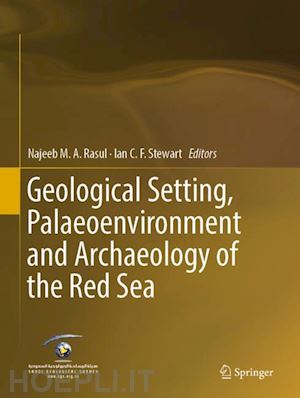
Questo prodotto usufruisce delle SPEDIZIONI GRATIS
selezionando l'opzione Corriere Veloce in fase di ordine.
Pagabile anche con Carta della cultura giovani e del merito, 18App Bonus Cultura e Carta del Docente
This book gathers invited contributions from active researchers to provide an up-to-date overview of the geological setting of the Red Sea. It discusses aspects ranging from historical information to modern research in the Red Sea, and presents findings from rapidly advancing, emerging fields. This semi-enclosed young ocean basin provides a unique opportunity to study the development of passive continental margins in order to examine the current status of that region. In addition to studies on the Sea itself, it includes those from related fields on the littoral zone. The book is of interest to geoscientists and non-specialists alike.











Il sito utilizza cookie ed altri strumenti di tracciamento che raccolgono informazioni dal dispositivo dell’utente. Oltre ai cookie tecnici ed analitici aggregati, strettamente necessari per il funzionamento di questo sito web, previo consenso dell’utente possono essere installati cookie di profilazione e marketing e cookie dei social media. Cliccando su “Accetto tutti i cookie” saranno attivate tutte le categorie di cookie. Per accettare solo deterninate categorie di cookie, cliccare invece su “Impostazioni cookie”. Chiudendo il banner o continuando a navigare saranno installati solo cookie tecnici. Per maggiori dettagli, consultare la Cookie Policy.